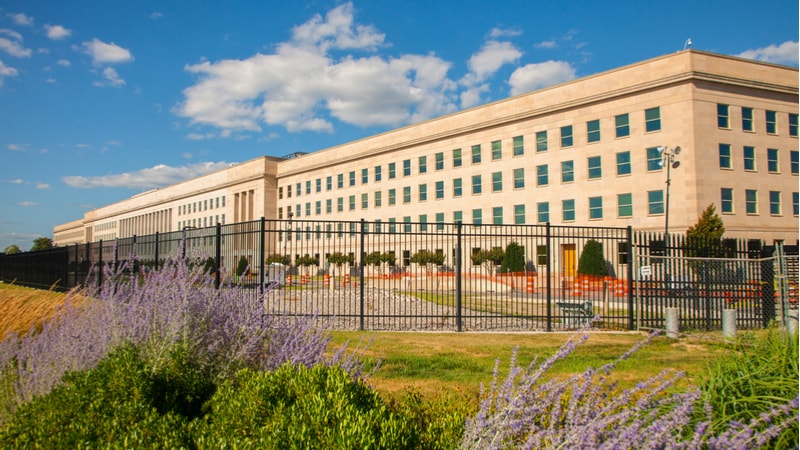
As vaccination rates increase and the United States nears closer to a broader return to offices, Federal IT officials in the Department of Defense (DoD) are reporting that their organizations’ IT environment is more complex now than two years ago, according to a recent Axonius and MeriTalk survey.
The move to remote work has driven that shift, and Federal IT leaders are grappling with how to work their back-to-office plans into the landscape. Deputy CIO of the Joint Chiefs of Staff Jeffrey Jones and Axonius Product Marketing Manager Jake Munroe discussed the changing landscape on June 17 at MeriTalk and Axonius’ “Impact of Telework on Fed IT Complexity“ webinar.
The survey of 100 DoD IT leaders found that 52 percent of respondents reported an organizational IT environment that is more complex now than it was two years ago. Another 23 percent reported the environment being equally as complex as before.
“Over the past year, we have experienced – just like everyone else – tremendous turmoil with our workforce, and we’ve had more remote workers now than ever before,” Jones said at the webinar. “While a lot of people are starting to come back into the office, we do have still quite a bit out there.”
“So, last year it was quite a challenge to balance the operational risk of having so many remote workers out there and how do we get them access, how do we build our capabilities to enable remote access, and then secure those capabilities with the technical risk,” Jones said.
The study also found that the rapid shift to remote work last year was a driver for this increased complexity. Including the DoD officials, 55 percent of the 500 total respondents listed the increase in remote workers as the primary cause of the increased complexity.
DoD recently “sunsetted” a custom version of Microsoft Teams for remote work that the agency stood up for the pandemic with more workers returning to the office, but Jones said that took a “Herculean” effort. Jones credits collaboration as a major factor and keeping up with the agency’s IT needs.
“When you talk about the Department of Defense acting in an agile way, that was a prime example of how the Department of Defense is really moving forward,” Jones said. “But it was definitely a challenge and … over the past year, the DoD CIO stood up a COVID IT task force that brought in partners from across the community to build out the network infrastructure, balancing what we needed from a technical perspective was what we had to have from a security perspective.”
Munroe said that organizations should be prepared for an increased number of remote workers going forward.
“Our survey respondents reported that an average of 23 percent of their workforce was remote pre-pandemic,” Munroe said at the webinar. “During the pandemic that grew to 60 percent, and it’s likely to remain at around 40 percent post-pandemic. … This means that the IT and security teams need to plan to support remote work long term.”
There is still work to be done on those new work plans, such as the need to update bring your own device plans, as more employees begin to return to the office.
“In cybersecurity asset management, I think the IT and security teams are really just preparing for the return of the office we have folks already going back to the office,” Munroe said. “I think the priorities here are building an asset inventory, efficiency and scalability, and prioritizing the continuous device discoverability and also inventory cadence.”
The full report is available here, and the full webinar is currently available on-demand.
